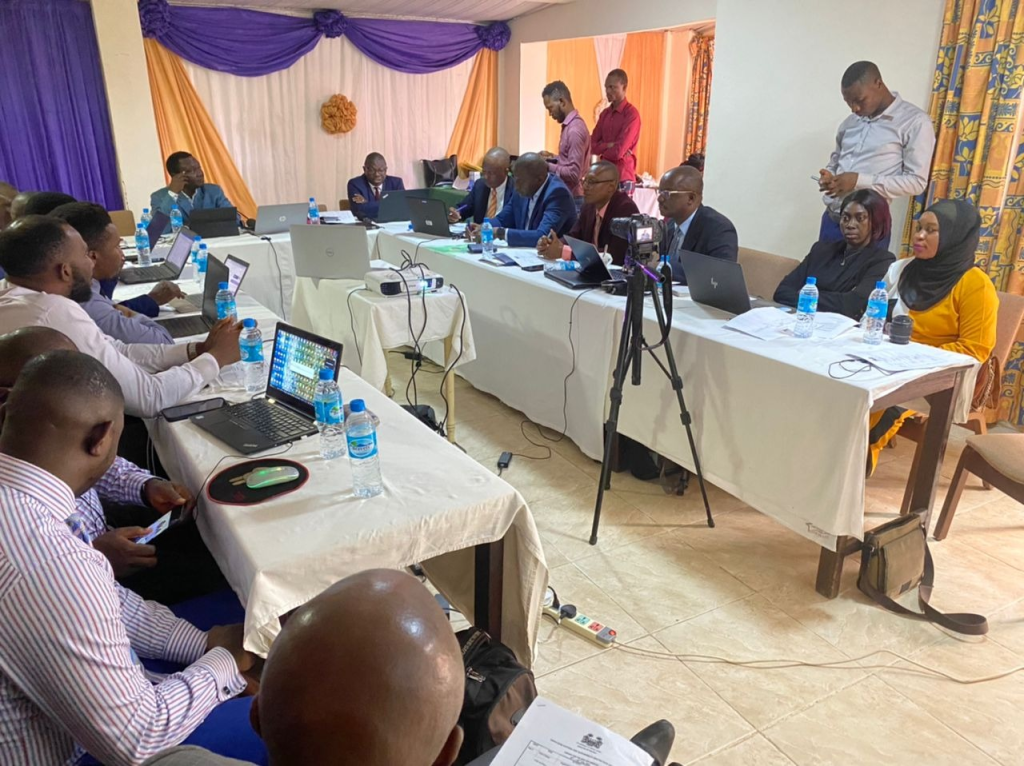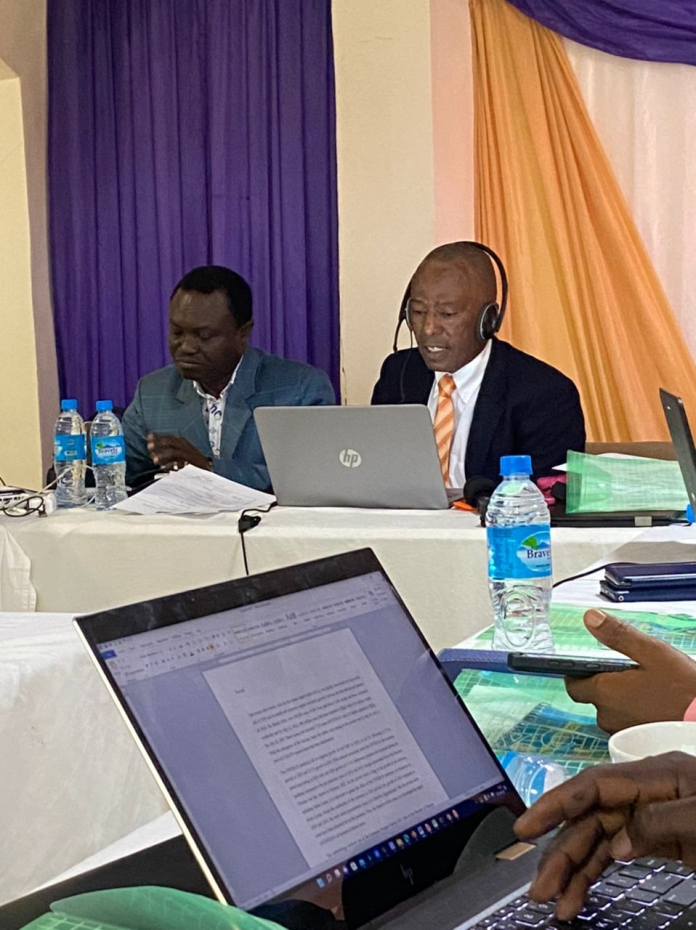The Ministry of Finance on Monday 25th July 2022 begins a 5-day workshop of the Annual National Debt Sustainability Analysis (DSA) workshop at the Leisure Lodge Off Cape Road, Aberdeen in Freetown.
The exercise is an almanac requirement to assess the country’s level of debt distress in the medium-to-long term to provide appropriate policy advice to the Government on the status of borrowing following the Public Debt Management Act 2011.
The DSA team was drawn from various institutions of government including Ministries, the Bank of Sierra Leone, Statistics Sierra Leone, the National Revenue Authority, the University of Sierra Leone, and Non- State Actors.
In his statement, Chief Economist, Alimamy Bangura on behalf of the Financial Secretary stated that the workshop is to inform policymakers of the risk of debt distress and take appropriate fiscal decisions, and policy actions to minimize risk.
He continued that Sierra Leone is using the revised low-income country Debt Sustainability framework (LICs DFS) excel based template, which was developed by the IMF and World Bank to assess the level of risk of debt distress in developing countries.
He added that the DSA is a scientific and pragmatic approach to assessing whether or not a country’s public debt is sustainable along a given macroeconomic path.
He asserted that the global crisis of both COVID 19 and the Ukraine-Russian War has triggered Global shocks and exacerbated macroeconomic and debt vulnerabilities.
He disclosed that this situation has worsened the outcome and outlook of key macroeconomic variables which includes GDP, Inflation, revenues, exports, and foreign reserves, which are fundamental in promoting public debt sustainability.
He explained that amidst the challenges, the country has improved on its debt management strides with an overall PEFA score of D+ TO B+. This he said is anchored on the preparation of the domestic suppliers’ Arrears Strategy and Medium-term Debt Management Strategy as approved by Cabinet and published.
He added that it is important for the country to continue reforms in public financial management, deepen domestic revenue mobilization, rationalizes expenditure, support growth-enhancing sectors, prioritize grant and highly concessional financing, and pursue innovative financing such as Public Private Partnerships (PPPs) to reduce the high risk of debt distress in the Country.
He urged all participants to take the exercise seriously as it is critical to promote transparency and accountability.
In his technical presentation on the debt situation in Sierra Leone, Deputy Director of Public Debt, Dr. A Thullah outlined the Public Debt portfolio and profile for 2017-2021 stating that the Debt burden has increased significantly and the real GDP growth projection for 2022 is 3.6 with steady growth.
He added that the total public debt trends which comprise external and domestic moved from 16 trillion in 2017 and went high to 30 – 35 trillion in 2020 to 2021 with a huge domestic disbursement in 2021 of 2.013 trillion as compared to the external disbursement of 1.99 trillion.
He enclosed that there has been a huge Total debt service move from about 846 billion in 2017 to 2.2 trillion in 2022. The total principal has moved by 13.8% and the interest rate by 4.8%.
He added that 91.2% of the external debt portfolio in 2021 is concentrated in the long end while 86.6% is concentrated in the short term.
Deputy Director of public debt Charles Santigie Conteh said the exercise is a form for learning and to also underscore the openness of the public debt situation in the country and as such has included the press and Non- state actors to be part of the process.
He furthered that the country is not in debt distress at the moment as compared to other African countries in the sub-region.
MOF Communication Unit.


